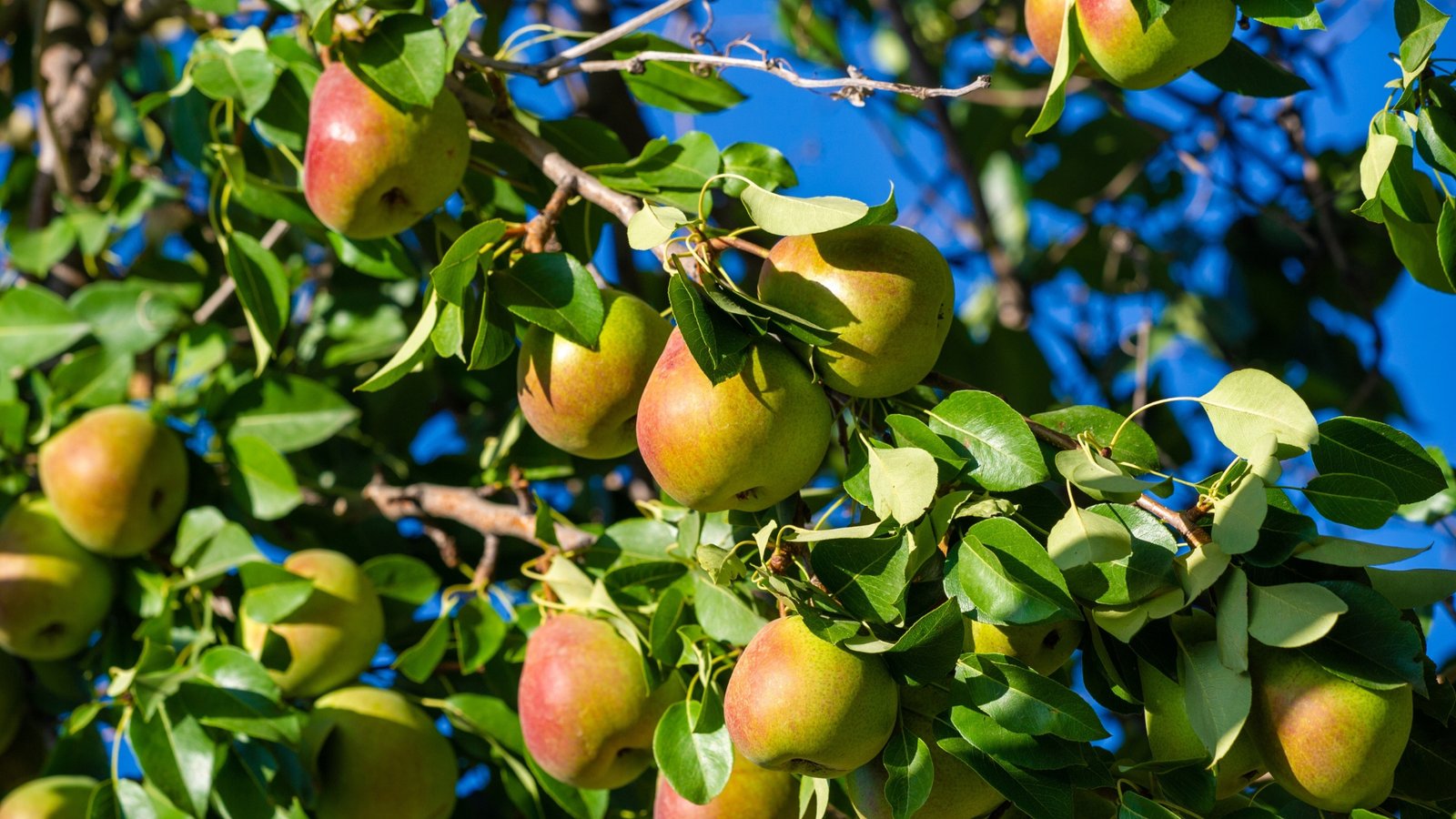Have you dreamt of harvesting sweet tropical-tasting mangoes off a tree at home? If you live in a warm climate and have access to fresh fruit, you can do it easily. In this article, plant expert Matt Dursum covers how to grow a mango tree from seed.
There’s nothing quite like plucking fresh mangoes straight from the tree. If you’re a gardener living in zones 9 through 11, you can grow these amazing trees right in your backyard. Even if you don’t have outdoor space, you can grow them in containers indoors—as long as you’ve got enough room.
Mangoes are tropical evergreen fruit trees originally from Central Asia. Over 1,000 varieties thrive in gardens across India, and in the U.S., you’ll find dozens of incredible types—from the juicy ‘Glenn’ to the sweet-tart ‘Kent.’
While they can grow up to 100 feet tall, many gardeners successfully raise them in containers or greenhouses. If you live in places like South Florida, Southern California, or Hawaii, you can plant them directly outside.
For the best results, start with grafts or young nursery seedlings to ensure the traits you want. But if you’re up for a fun project, you can also grow mangoes from seed—just be patient. It might take 5 to 8 years before your tree bears fruit.
Whether you’re planting outdoors or in pots, all you need is fresh fruit to get started. Below, we’ll walk through how to grow a mango tree from seed and what it needs to thrive.
Step 1: Find the Right Spot for Your Tree

Mango trees grown from seed do well in the ground or containers. They need well-draining soil, full sun, warm temps, and consistent water.
If you’re in zones 9-11, you can plant them outside. Otherwise, stick to containers—mangoes can handle a brief chill, but a hard freeze will kill them.
Pick a spot with plenty of space. Outdoor trees can reach 100 feet tall, so keep them away from other sun-loving plants. And remember—you’ll be waiting at least 5 years for fruit!
Step 2: Get Your Seeds

Now for the fun part—eat a delicious, ripe mango! If you love the flavor, that’s a good sign. Even better if you know where it came from. If not, store-bought mangoes will work too.
Look for seeds that are white, firm, and heavy, with a nice oblong or kidney shape. Toss any that are brown, shriveled, or misshapen.
Keep in mind—some mango varieties grow true to seed (polyembryonic), while others don’t (monoembryonic). If you know the mother tree’s variety, you’re golden. Otherwise, you’ll need to inspect the seeds.
Step 3: Check Your Seeds
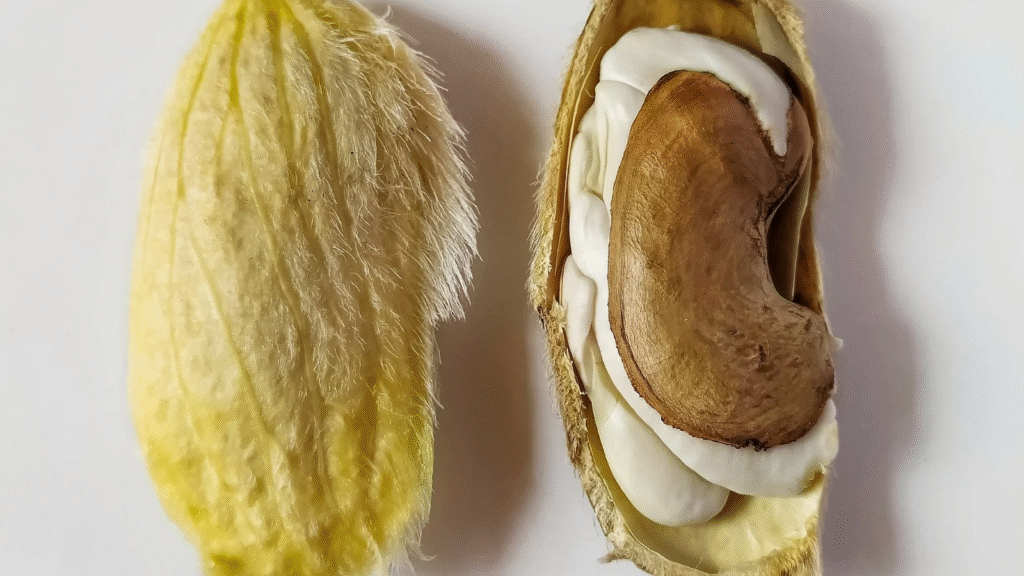
Not sure what kind you have? Carefully cut open the tough husk with a knife or scissors and pry it apart. Inside, you’ll find the seed.
- Polyembryonic seeds have multiple embryos (you’ll see creases separating them).
- Monoembryonic seeds have just one embryo (no creases). These won’t produce fruit like the parent tree, so it’s best to skip them.
For monoembryonic types, grafting is the way to go—but you’ll need access to the mother tree for cuttings.
Step 4: Clean Your Seeds

Once you’ve confirmed you have polyembryonic seeds, remove the husks and clean off the papery coating. Check for firmness and signs of disease—healthy seeds should be white and solid.
Step 5: Soak the Seeds
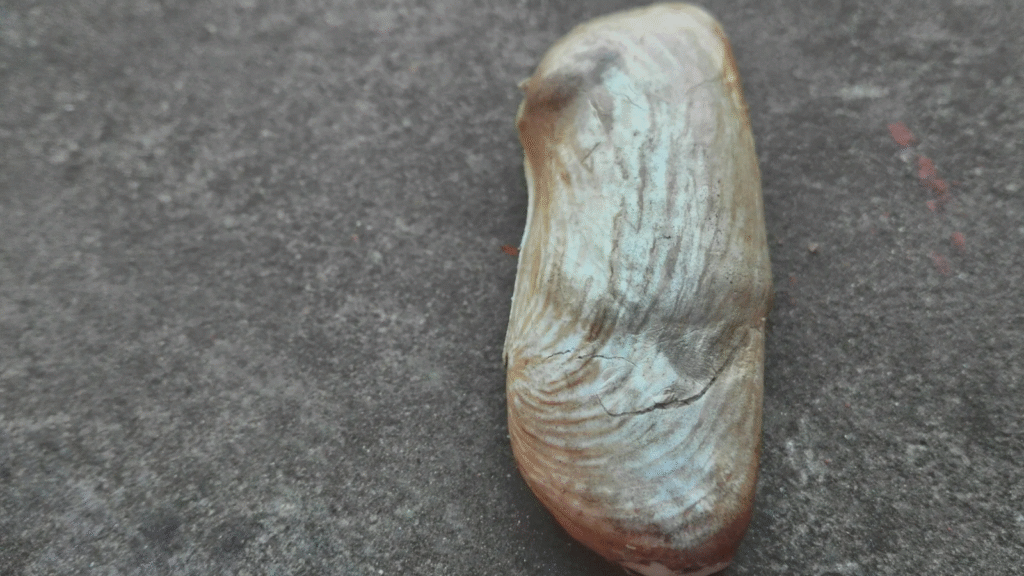
Next, soak your seeds in fresh water for about 24 hours. This rehydrates them and speeds up germination. After soaking, they should feel clean and slightly slippery.
Step 6: Wrap Them in a Paper Towel

Moisten a few paper towels (damp but not soaked) and wrap each seed like a little blanket.
Step 7: Store the Seeds
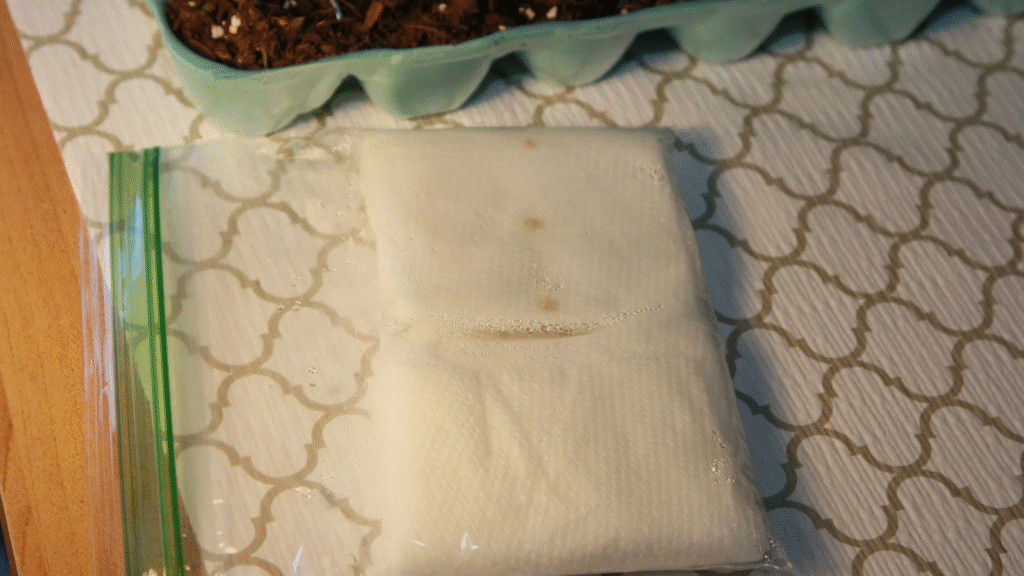
Place the wrapped seeds in a plastic bag and keep them somewhere warm (above 70°F/21°C) and dark—like a pantry or cupboard. Avoid cold spots, or they won’t sprout.
Mist the paper towels occasionally to keep them moist, but don’t oversaturate.
Step 8: Watch for Sprouts
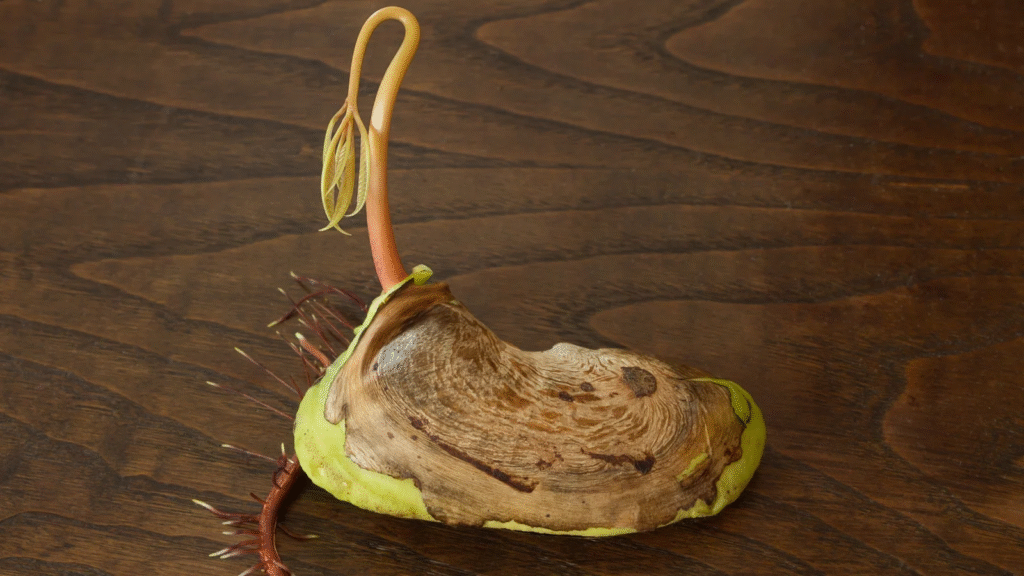
Germination usually takes 1-3 weeks, depending on temperature and seed ripeness. When they sprout, you’ll see tiny roots and shoots emerging.
Step 9: Prepare Your Soil
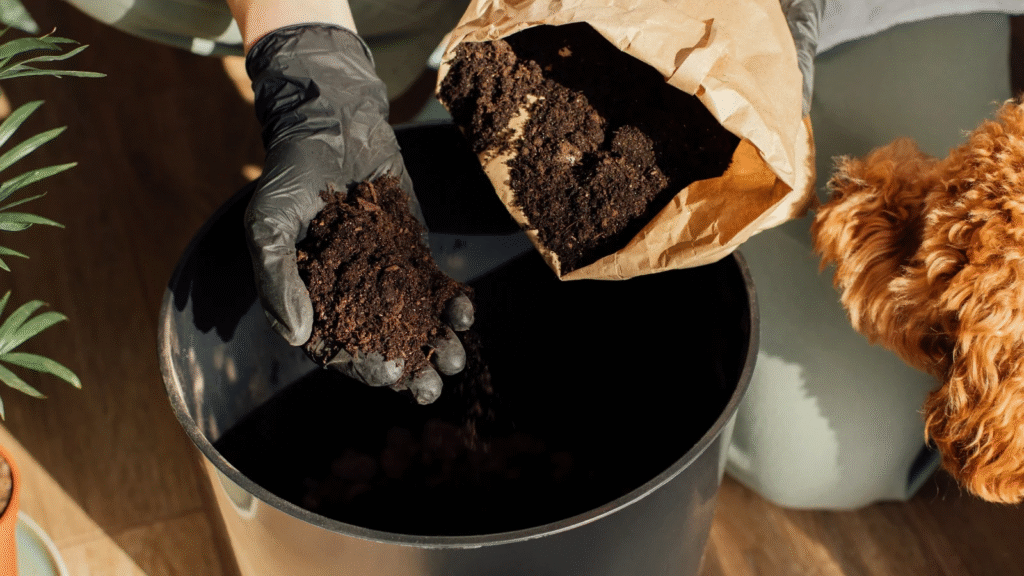
Fill your pots or garden beds with well-draining potting soil mixed with compost. Mangoes prefer slightly acidic soil (pH 5.5-7.5). Test your soil if needed.
For containers, start with a medium-sized pot or grow bag with drainage holes. You can always repot later.
Step 10: Plant Your Seedlings
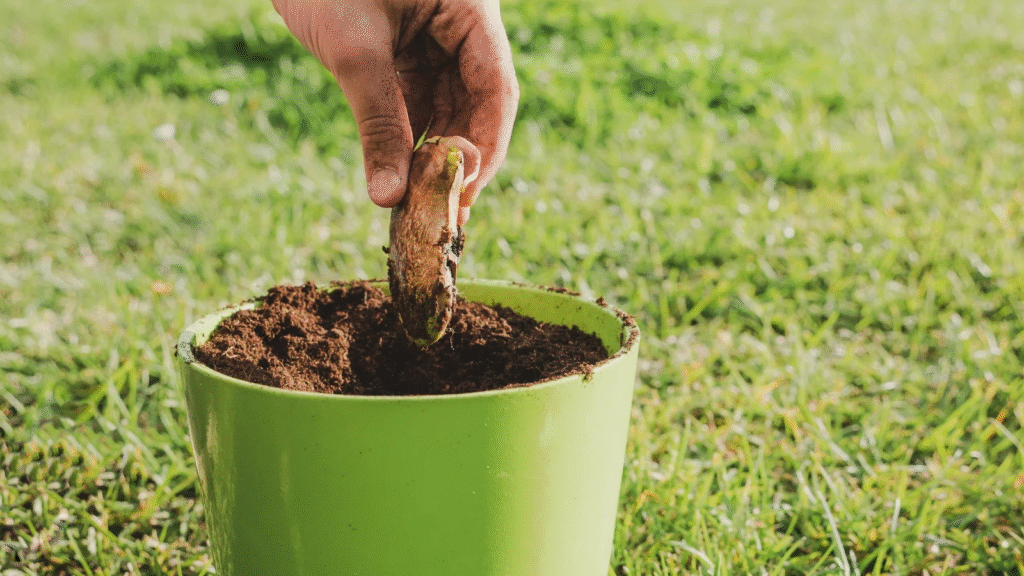
Once sprouted, plant them with the leaves facing up. Water thoroughly but avoid overwatering—soggy soil can lead to disease.
Step 11: Care for Young Trees
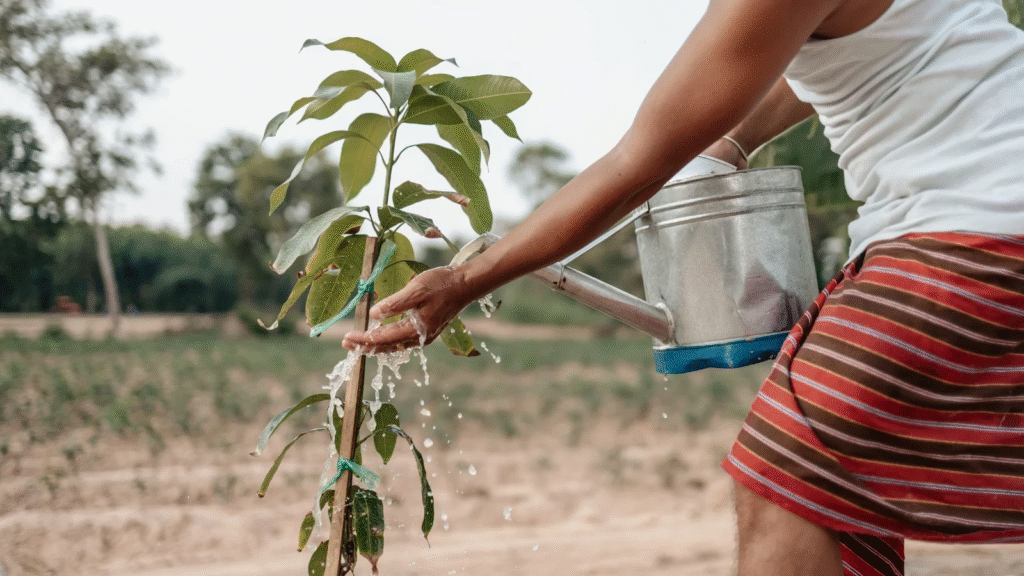
Keep the soil moist but let it dry slightly between waterings. Water during the day to boost humidity—mangoes love warmth and moisture.
If planting outside, wait until late spring or early summer when there’s no risk of frost.
Step 12: Give Container Trees Enough Light
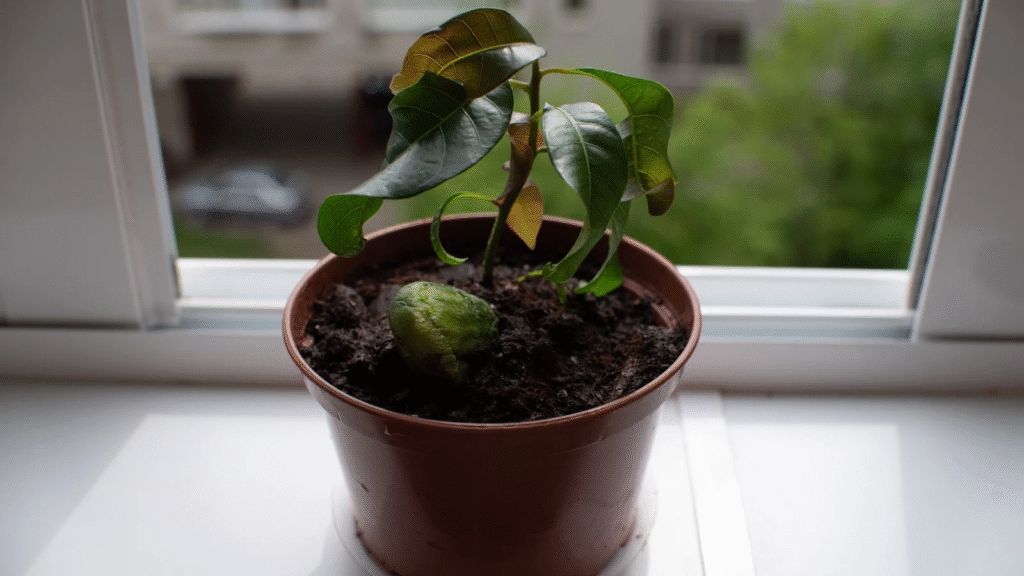
Mangoes need at least 8 hours of direct sunlight. Place pots near a south-facing window or in a greenhouse for best results.
Step 13: Hold Off on Fertilizer
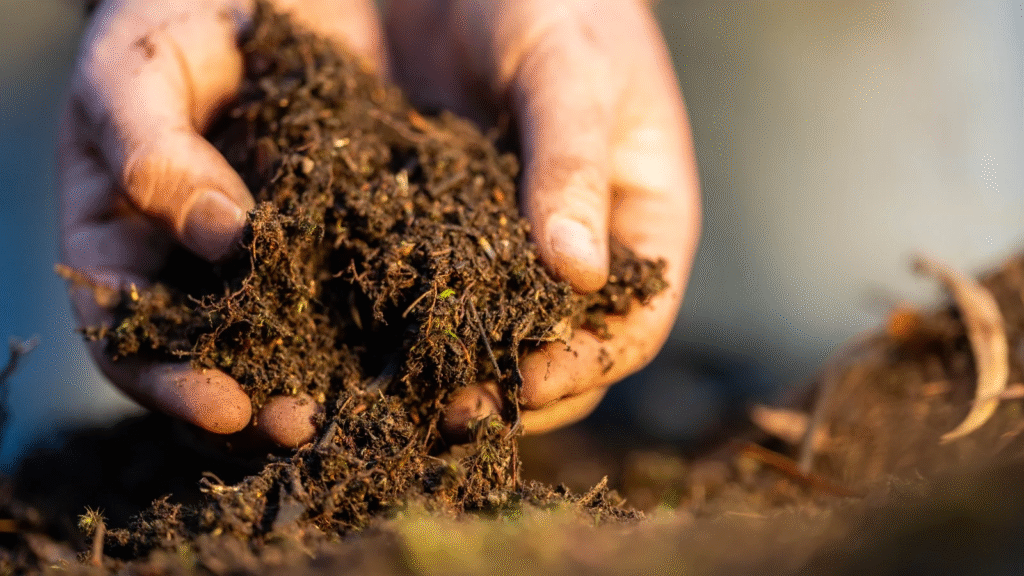
Skip fertilizer for the first year. If your plants need nutrients, use a light layer of compost instead to avoid burning them.
Step 14: Watch for Pests & Diseases
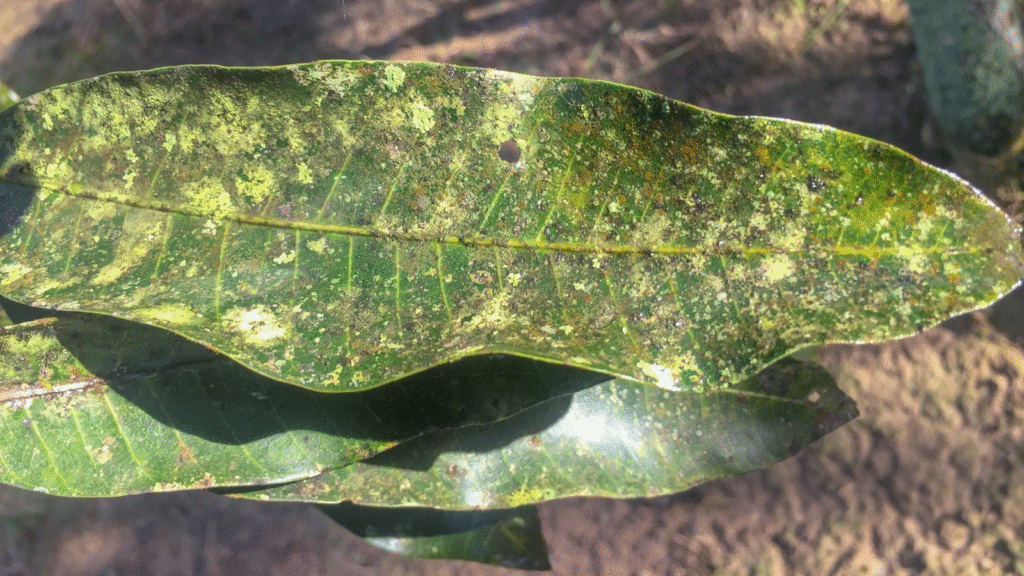
Mango trees can attract mealybugs, aphids, and mites. Fungal infections like powdery mildew and anthracnose can also be an issue.
Prevent problems by:
- Avoiding overwatering
- Encouraging beneficial insects and birds
- Keeping growing conditions healthy
Step 15: Protect from Cold
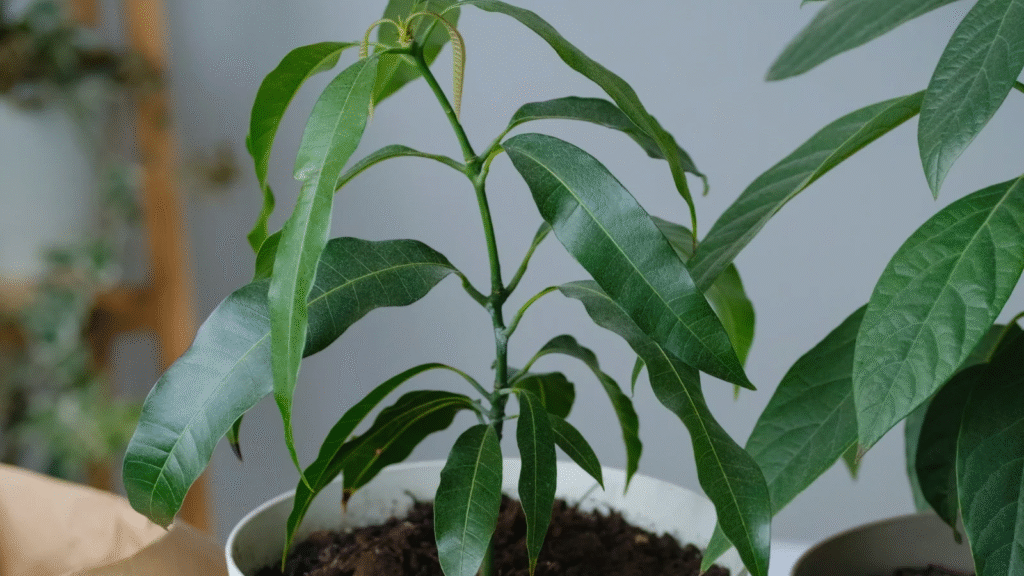
Young trees are sensitive to temps below 40°F (4°C). Bring containers inside if it gets cold, and mulch outdoor trees or wrap them in frost fabric.

